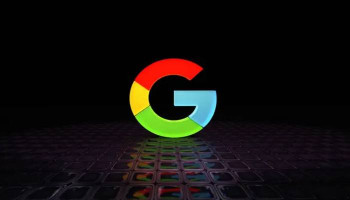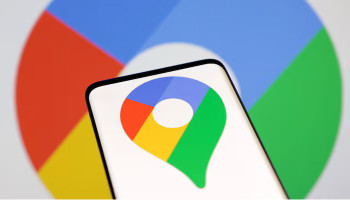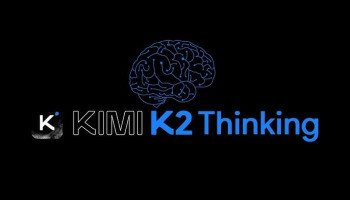
An undated image. — Unsplash
As the landscape of artificial intelligence (AI) is progressing and growing at a rapid pace, OpenAI has introduced two new reasoning models, including o3 and o4-mini, which stand out for improving how AI understands and responds to complex questions.
OpenAI’s o3 AI model
Revealed on Wednesday, OpenAI’s o3 is its most advanced AI model to date. It has been designed to pause, analyse, and reason more cautiously than its predecessors.
The model has strongly proven its capabilities across various benchmarks such as maths, coding, science, and visual interpretation. It scored an impressive 69.1% on the SWE-bench verified coding test, setting a new standard for AI capabilities.
OpenAI’s o4-mini AI model
On the other hand, o4-mini comes as a more affordable and faster alternative. With a nearly similar 68.1% score, it provides developers with a balance between performance and cost.
Given that, it's said to be ideal for those who need efficiency without having to spend on the premium versions.
Both models have also been integrated with improved image reasoning, meaning they can understand and interpret visuals, even low-quality ones, including diagrams, sketches, and charts. Users can upload such files, and the models can zoom, rotate, and break them down step by step.
The notable point is that these models now support direct Python code execution and real-time web search within ChatGPT.
















